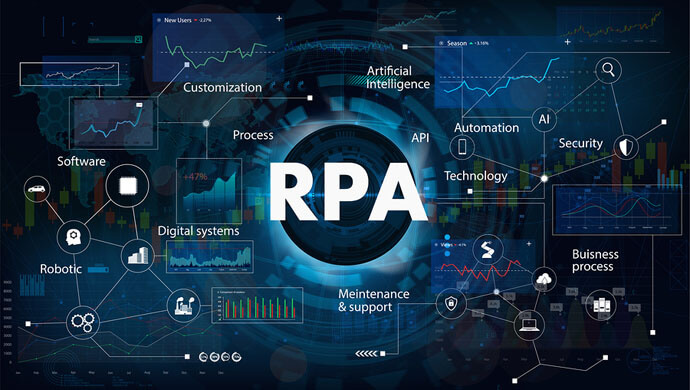The early adopters in shared services and businesses are already seeing major benefits from robotic process automation adoption.
According to Deloitte’s 3rd Annual Global RPA Survey Report, the industry has seen a rise in interest in robotics and artificial intelligence-based solutions.
AI is transforming society in order to make the world a better place.
According to the poll, nearly 400 executives are in charge of transactional activities such as global business services, finance, procurement, HR, marketing, and operations. The following are their top priority strategies:
Thirty-five percent — Concentrate on continuous improvement and expansion.
Increase the amount of automation by 24%.
Developing analytics capability accounts for about 17% of the total.
In comparison to the that year, the number of organizations investigating RPA or developing a future-proof automation-ready sector has increased only slightly.
Only 3% of progressive CEOs have reached any level of scale with more than 50 robots in their employ. Maximizing RPA’s impact necessitates a conscious shift in thinking and approach from experimentation to transformation.
Wondering why we are reflecting on the old data. This is to understand how the pandemic has become a trend breaker as these numbers were drastically impacted in a positive way with a huge wave of RPA adoption to fight the pandemic!
Organizations must make the best strategic decision possible, establishing the groundwork for a “premium” digital workforce to help them achieve competitive advantage in any such devastating scenario. The following items are included in the foundation:
Consider the big picture.
Very rare RPA programs are a part of the larger company initiatives. Firms that have embarked on the RPA journey are adopting it either as an enterprise-wide or strategic project. But, looking at the bigger picture, it’s time that RPA takes over the limelight.
Consider the sky.
Employees rarely rate IT as highly favorable, whereas functional leadership or the C-suite as the most supportive stakeholder groups. Since last year, C-suite knowledge about digital transformation and support for RPA has grown. Firms can utilize this to break down departmental barriers and speed scales, both of which are beneficial when other sections of the organization are resisting.
Consider the possibilities.
In terms of goals, those who have used RPA think that robots and automation could complete a quarter of their tasks. This matched the expectations of companies in the proof-of-concept or pilot stages, which aimed for lower than 20% capacity in their operations. However, among companies that have already begun to scale robotics, the average aim has usually been half of their actual capacity.
How Bots Are Changing the Future of Business
To attain these goals, businesses need to lay a solid basis by developing highly flexible robots that operate alongside humans. The foundation is strengthened by:
- IT support and buy-in
- Standardization of procedures
- The solution’s integration and adaptability
- Employee training and impact
- Expectations and buy-in from stakeholders
The expense and difficulty of implementing and designing RPA are increased by the absence or incapacity of these components to function together. Implementation teams must work together to thoroughly comprehend the detailed processes and to address any difficulties as soon as they arise. Only bare minimum companies that are experimenting with RPA have encountered considerable employee pushback. About 3% of those who have moved to implement or scale claimed they had encountered minor difficulty.
More than a quarter of those who are using and scaling RPA is also using cognitive automation. This demonstrates how RPA can help companies gain the interest and agility needed to adopt other digital technologies, allowing them to progress farther along the digital automation path.
So, it’s time for businesses to fly as RPA could be their wings!
For more blogs checkout: Blogs






No Comments